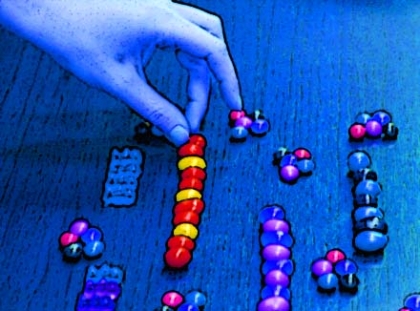|
Symptoms How to Identify OCD
|

http://www.bu.edu/sjmag/news-cms
|
 http://www.bu.edu/sjmag/news-cms |
Links: |
Obsessive-Compulsive Disorder (OCD) is a relatively common psychiatric condition for children. It is estimated that 1 in 100 children may have OCD. (Waltz, 2000) In many cases, children go undiagnosed. There is no definite set of OCD symptoms. However, the visible signs of OCD are the result of two internal symptoms that can be categorized as obsessions and compulsions. Many of the symptoms are characterized by obsessive thoughts. The obsessive thoughts are ideas that the sufferer cannot stop thinking about. Common OCD obsessions include fears of acquiring disease, getting hurt, or causing harm to someone. Obsessions are typically automatic, frequent, distressing, and difficult to control or put an end to. Compulsions refer to actions that the person performs, usually repeatedly, in an attempt to make the obsession go away. For an OCD sufferer who obsesses about germs or contamination, for example, these compulsions often involve repeated cleansing or meticulous avoidance of trash and mess. Most of the time the actions become so regular that it is not a noticeable problem. Common compulsions include excessive washing and cleaning; checking; hoarding; repetitive actions such as touching, counting, arranging and ordering; and other ritualistic behaviors that the person feels will lessen the chances of provoking an obsession. Compulsions can be observable — washing, for instance — but they can also be mental rituals such as repeating words or phrases, or counting. Examples of observable symptoms: 1. Repeated hand-washing. 2. Specific counting systems — e.g. counting in groups of four, arranging objects in groups of three, grouping objects in odd/even numbered groups, etc. 3. Perfectly aligning objects at complete, absolute right angles, etc. This symptom is shared with OCPD and can be confused with this condition unless it is realized that in OCPD it is not stress-related. 4. Children often display these symptoms (such as lining toy cars up) at play. (Experted from "The"Learning Disability Myth" by Robin Pauc)* Unique Childhood Symptoms: (excerpted from Mitzi Waltz’s book, “Obsessive-Compulsive Disorder: Help for Children and Adolescents”) • Separation Anxiety • School Phobia • Extreme versions of common childhood fear • High levels of secretiveness • Being “hooked” on topics, or even people easily • Persistent, near paranoid feeling of being watched or followed, with resulting anxiety • Extreme inflexibility and insistence on getting their way. These children get very upset when their expected routine is interrupted. * It is important to remember that one must be diagnosed by a doctor to officially suffer from OCD in medical terms; furthermore, possessing the symptoms above is not an absolute sign of OCD. |